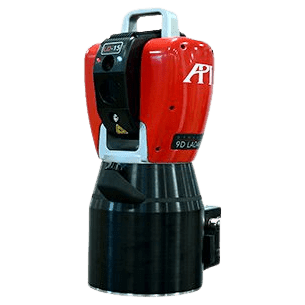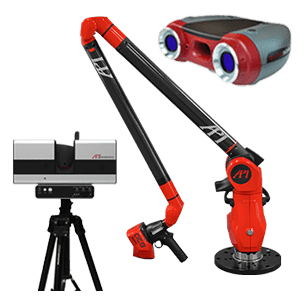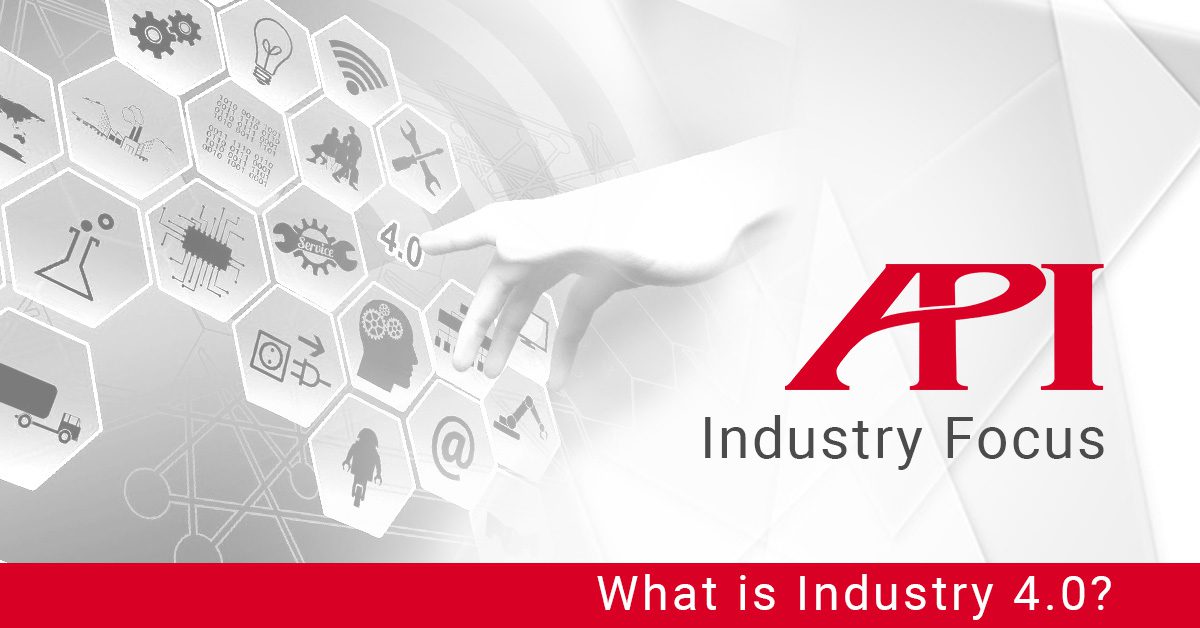The term Industry 4.0 is used a lot when discussing modern manufacturing plants. It’s become a popular buzzword usually accompanied by the phrase “Process Control” and images of robots and automated assembly lines, but what does Industry 4.0 actually mean?
Industry 4.0, as a term, was first used as the German government’s high-tech strategy in 2012. Other industrial nations started similar initiatives around that time; in the US it took the form of Smart Manufacturing Leadership Coalition 2011, while Japan and China launched Society 5.0 and Chinese Manufacturing 2025 respectively. All these programs refer to the same point, however, which is that Industry 4.0 is the 4th Industrial Revolution.
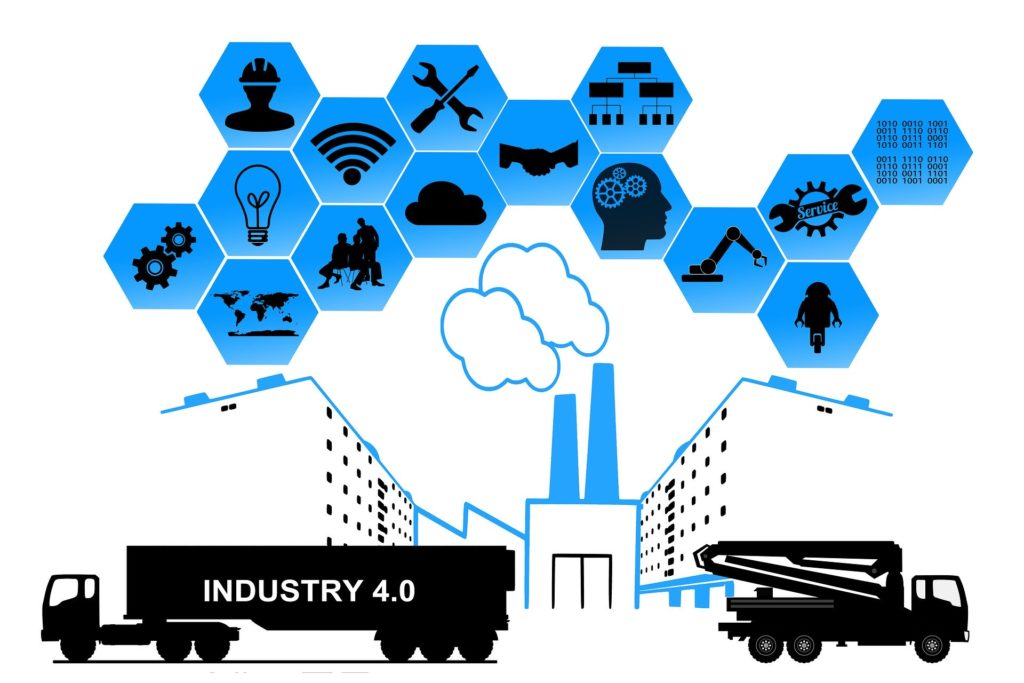
The first three Industrial Revolutions took place over the last 300 years. Industry 1.0 was the discovery of steam or waterpower in the late 18th Century, which led to the first mechanization of manufacturing. Industry 2.0 was then the proliferation of electricity in the 19th Century which created the first modern assembly lines. The advent of computer processing and digital communication in the 20th Century was Industry 3.0. Each revolution is aptly named, for they all changed the landscapes not only for how businesses could perform their current operations, but for what their visions of the future looked like.
Industry 4.0 is the intersection of all these revolutions. It is the use of interconnected computers to provide high-level data for all areas of a process, and then apply analysis of the data (either human or machine) to optimize processes and move them towards automation. Industry 4.0 makes critical use of Cyber-Physical Systems (CPS), the Internet of Things (IoT), Industrial Internet of Things (IIOT), Cloud Computing, Cognitive Computing and AI. Put simply, Industry 4.0 looks at all of the data we can now capture with computers and sensors and imagines that vast number of ways that data can be used in real-time to optimize and automate business processes.
The Hawaii International Conference on Systems Sciences (HICSS) conducted research into governmental and private-sector Industry 4.0 initiatives. They identified four main design principals of Industry 4.0:
Interconnection
The first main design principle is a web of connected computers, sensors, and people that can communicate data with each other and analyze it for patterns. This interconnection is managed primarily through cloud computing, allowing data to be pulled from multiple manufacturing locations or stops throughout the logistical pipeline. The cloud aspect also allows data to be analyzed from anywhere. Teams in different cities on different continents can access the same data as it is updated in real-time to work together on their analysis and action plans.
Information Transparency
The second design principle is Information Transparency. When you have a complete collection of data points at all areas of a process available to an entire team, regardless of location, it allows for total oversight and pattern recognition. Risk Assessment and Management are just two of the operations that become less guesswork and more quantifiable with this level of information. This level of data is the most complete diagnostic tool any manager could ask for to identify and resolve problem areas in real-time.
Decentralized Decisions
The third design principle is Decentralized Decisions. This is a natural building block from the first two principles. Once this level of data is available in connected cloud share, it can be used to make decisions from anywhere in the company. Gone are the days when a company inspector would have to visit each plant to make spot checks of machine performance, before returning to the home office to analyze the data and make best practices recommendations. The data is now available instantly and can be analyzed from a single location. Materials shippers can coordinate production schedules with their buyers using logistical shipping information to avoid downtime and waiting. And airport terminals can become digital boardrooms when there is difficulty managing schedules.
Technical Assistance
The last main principal is Technical Assistance, and it is the logical extension of the previous three principals. If technology is collecting all this data, helping crunch the numbers, and keeping us all connected to discuss it from different locations, can it be used to provide suggestions and execute corrective measures autonomously? More and more companies are using advanced technical systems to analyze and interpret vast stores of data, compute them into manageable reports and suggested action plans, and to perform tasks that would otherwise by unsafe or time-consuming for humans.
The most common applications of Industry 4.0 are talked about in manufacturing settings, where the end goal is wholly automated production lines, with AI optimizing processes in real-time. There are many other examples, however, of how Industry 4.0 can actually transcend typical industrial manufacturing settings, potentially leading to the development of smart cities, whose simple operating processes could be automated and optimized for speed and efficiency without human oversight. Industry 4.0 has also been seen in the analytics movement in professional sports (pioneered by Billy Beane’s Moneyball system with the Oakland Athletics) and in how the National Oceanic and Atmospheric Administration (NOAA) has improved the National Weather Service’s weather forecasting and warnings dramatically in this century.
For the Metrology world, however, the goal still remains the most accurate and efficient measurement of design, production, assembly, and quality inspection processes. Industry 4.0 Process Control through Metrology would allow for fully-automated Smart Factories, with efficient inspection of every step of the manufacturing process through high-end dimensional Metrology sensors (like Laser Trackers, Laser-Line Scanners, and Optical Sensors) feeding measurement data into the factory cloud.



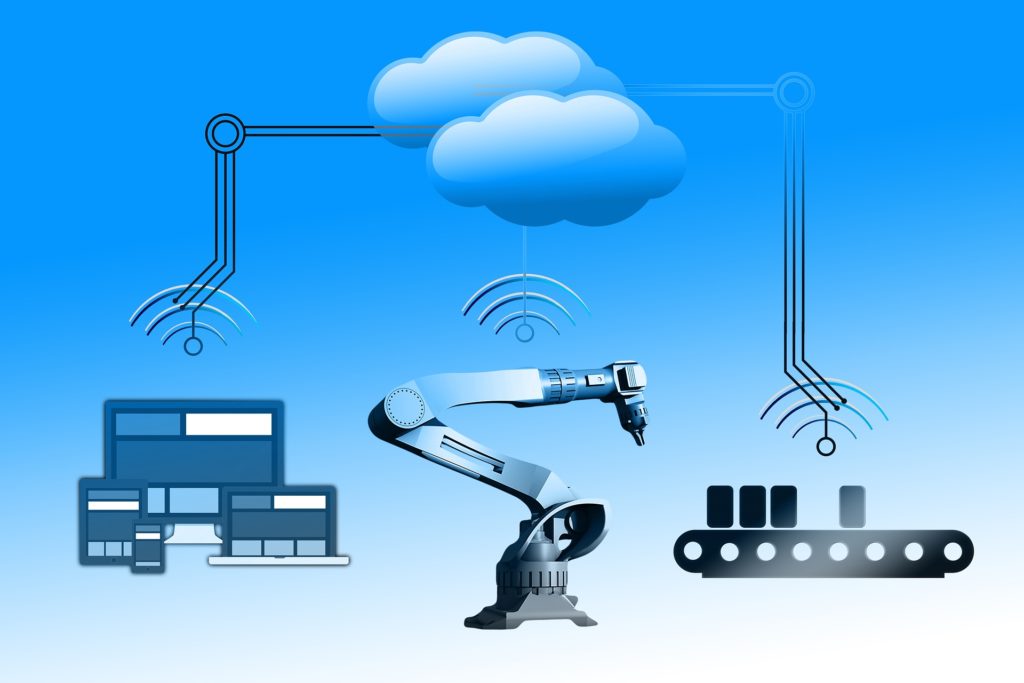
To learn more about Industry 4.0, please visit the following sources:
https://www.tandfonline.com/doi/full/10.1080/00207543.2017.1403664
https://blog.viscosity.com/blog/what-is-industry-4.0-and-what-does-it-mean-for-my-manufacturing






